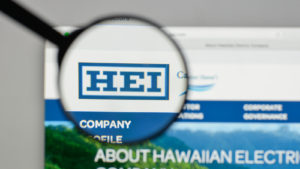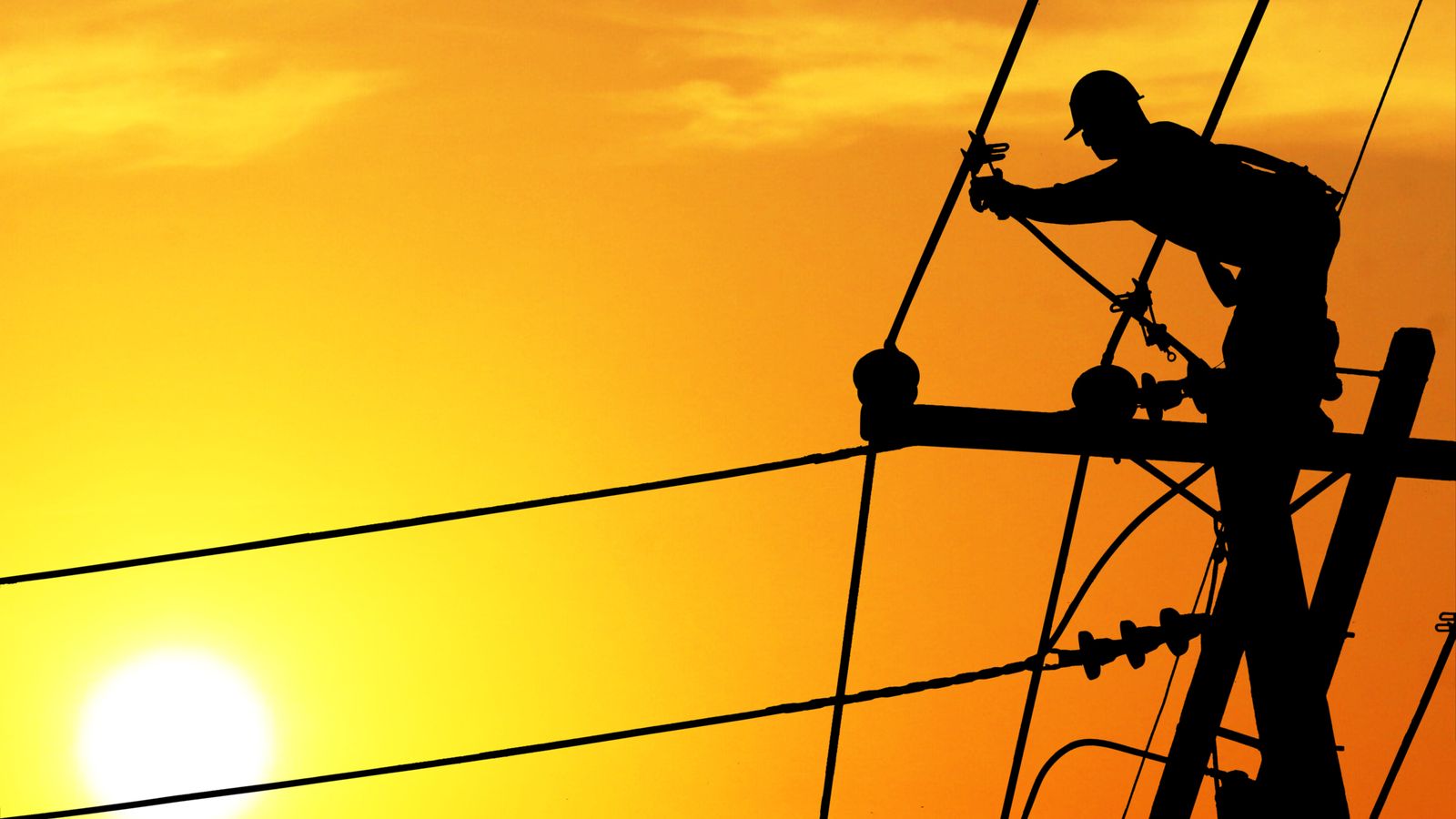One of the best ideas for surviving market ambiguity is to focus on utility stocks. Since the enterprises underlying this category benefit from a natural monopoly, they effectively command permanent relevance. Still, even this ecosystem can become a short-seller target.
Ordinarily, you wouldn’t look for short trades in the regulated power and resource space. Nevertheless, not all regions enjoy the same level of economic viability or resilience. Further, certain regions may suffer from unique headwinds that don’t impact other markets.
It’s a complicated narrative. However, with analysts dumping these utility stocks combined with their status as short-seller targets, these are the ideas you may want to avoid.
Avista (AVA)

Based in Spokane, Washington, Avista (NYSE:AVA) operates as an electric and natural gas utility company. It provides electric distribution and transmission along with natural gas distribution services in parts of eastern Washington and northern Idaho. On paper, it sounds relevant. However, it happens to be one of the utility stocks that are short-seller targets.
Conspicuously, analysts rate shares a consensus moderate sell. The assessment breaks down as one Hold and one Sell. Further, the average price target sits at $33, implying more than 3% downside risk. Yes, the company overall enjoyed a strong performance in fiscal 2023. Its average positive earnings surprise came out to 7.8%.
However, experts are looking for revenue to slip 3.9% to $1.68 billion. Further, fiscal 2025’s projected revenue of $1.78 billion is only marginally better than last year’s haul of $1.75 billion.
Data from Fintel indicates that AVA features a short interest of float of nearly 4% with a short ratio of 7.02 days to cover. Combined with the aforementioned Sell rating, AVA might be one of the utility stocks to avoid.
MGE Energy (MGEE)

Headquartered in Madison, Wisconsin, MGE Energy (NASDAQ:MGEE) operates as a public utility holding company mainly in the U.S. Per its corporate profile, MGE generates, purchases and distributes electricity and natural gas in Wisconsin and Iowa. It also owns and leases electric generating capacity and plans, constructs, operates, maintains and expands transmission facilities to provide transmission power services.
On the surface, it’s like most other relevant utility stocks: MGE gets the job done for its customers, which number around 163,000. However, Morgan Stanley’s (NYSE:MS) David Arcaro isn’t keen on the idea, pegging MGEE a Sell. In addition, the expert has assigned a $64 price target on shares, implying more than 15% downside risk.
Part of the disillusionment could stem from the erratic earnings performance last year. Back then, the average quarterly surprise came out to 3.08% below consensus expectations.
Adding to the pressure, MGEE represents one of the short-seller targets. Currently, its short interest comes in at 5.78% of the float. As well, the short ratio stands at 14.94 days to cover. Risk-averse investors may want to consider something else.
Hawaiian Electric (HE)

The island state of Hawaii is often considered a top destination spot for vacationing. However, its utility stocks don’t necessarily get the same love. Just look at Hawaiian Electric (NYSE:HE). With its subsidiaries, the company engages in the electric utility business. It provides production, purchase, transmission, distribution and sales of electricity on the islands of Oahu, Hawaii, Maui, Lanai and Molokai.
However, Hawaii depends greatly on tourism. With consumer discretionary sentiment under pressure from inflation and other headwinds, this narrative faces some questions. Sadly, the wildfires in the state devastated tourism, leading to a catastrophic loss of equity value in HE stock. Year-to-date, it’s down 24%. Over the past 52 weeks, it slipped more than 72%.
Now, there is an argument that Hawaiian Electric could make a comeback. That’s up to you. The fact of the matter is that analysts rate shares a Moderate Sell with an average price target of $9.75. That implies almost 10% downside risk.
Further, HE suffers from a short interest of 14.64% and a short ratio of 8.03 days to cover. Again, it’s your call if you want to speculate. However, it is an extremely risky idea.
On the date of publication, Josh Enomoto did not hold (either directly or indirectly) any positions in the securities mentioned in this article. The opinions expressed in this article are those of the writer, subject to the InvestorPlace.com Publishing Guidelines.
